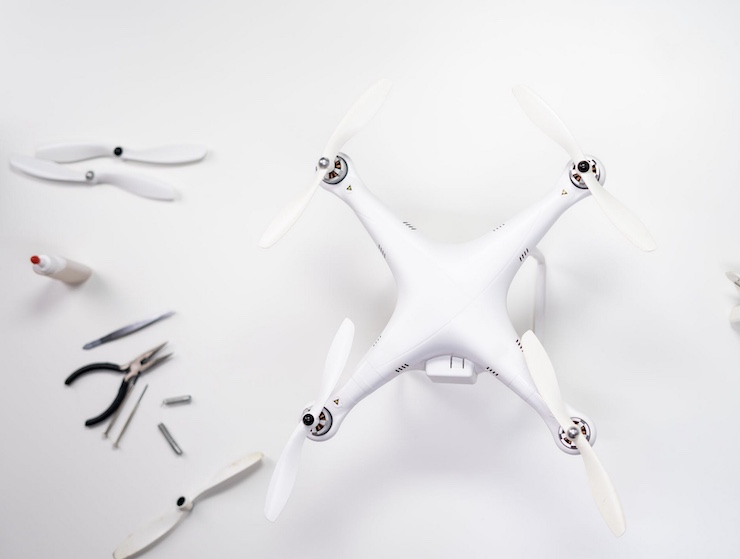
About 22 miles southeast of Erie, Pennsylvania, lies the small town of Union City. Founded in 1800, the 1.9 square mile town with a population of around 3,000 has a classic small-town Americana vibe to it. But being a small, close knit, rural community by no means has hindered Union City from having access to some of the amenities found in more populous regions, specifically when it comes to education. Union City has one elementary school, with the middle and high school sharing a building. The Union City Area School District also includes students from two neighboring communities.
Like many small school districts, finding funding for the best educational programs can be hard at times. Luckily for the students of Union City, they have teachers like Michelle Flaherty who are passionately dedicated to providing exceptional educational opportunities. Ms. Flaherty is the STEM (Science Technology Engineering Mathematics) teacher for the Union City Area School District. She is also an ambassador in the Pennsylvania STEM Ambassador Program through the Pennsylvania Statewide Afterschool Youth Development Network (PSAYDN), a program that helps foster STEM programs in Pennsylvania schools.
Ms. Flaherty joined the Union City Area School District in 2019 with a Master’s degree in Educational Technology concentrating in Digital Learning and Teaching from the American College of Education. In light of the unique circumstances that all schools in the United States faced this year, Ms. Flaherty decided to go above and beyond to enrich the school’s STEM program. With the support of PSAYDN and the school district, Ms. Flaherty began a new drone program for the 5th grade students of Union City.
Rather than just getting drones and teaching the kids how to fly them, Ms. Flaherty’s class started with a box of parts. Of course, the students first had to learn the principles behind drone technology. Further lessons focused on how drones benefit society. The COVID-19 pandemic showed the world that drones have countless applications in our day-to-day lives which made drone services more widespread. Next, it was time to start building the drones. Using a Reggio Emilia style of teaching, Ms. Flaherty put real tools and parts in her student’s hands. “They started from pieces,” Ms. Flaherty said, “and built everything step by step. Little screws, little screwdrivers, to the point in which they can fly them. So it’s really neat to see them excited about their accomplishments.”
Once the students had learned the basics and assembled the drones, it was time to move on to programming them. The class got to learn how coding works, a vital skill for many fields of continuing education that lead to high demand, high paying jobs. Using coding blocks, the class programmed the drones to perform a number of maneuvers. These maneuvers included being able to traverse an obstacle course or do a series of flips. Zak McClelland was particularly excited to test out the aerial stunts he had programmed for his drone. “I’m going to make it do lots of flips like a front flip, a back flip, right flip, left flip. All the flips I could do,” he said. Zak and his classmates finally had the chance to fly their drones before the Memorial Day Holiday weekend.
In 2016, the Union City Area School District was ranked 23rd out of 494 Pennsylvania school districts as an Overachiever School, an impressive accomplishment for such a small community. The school continues to hold itself to high standards to prepare students for a bright future. Ms. Flaherty and the PSAYDN STEM Ambassadors know that drones and the technology that support them will play an important part in their student’s futures. When the kids got the chance to fly their drones in the school’s gym, they were beyond excited. They got to see all their hard work come together in a fun and exciting way. But as Ms. Flaherty pointed out, the whole process was about so much more than just having fun with drones. “It’s not about learning how to use it,” she said. “It’s more about learning how it works. The program behind why technology does what it does.”
|